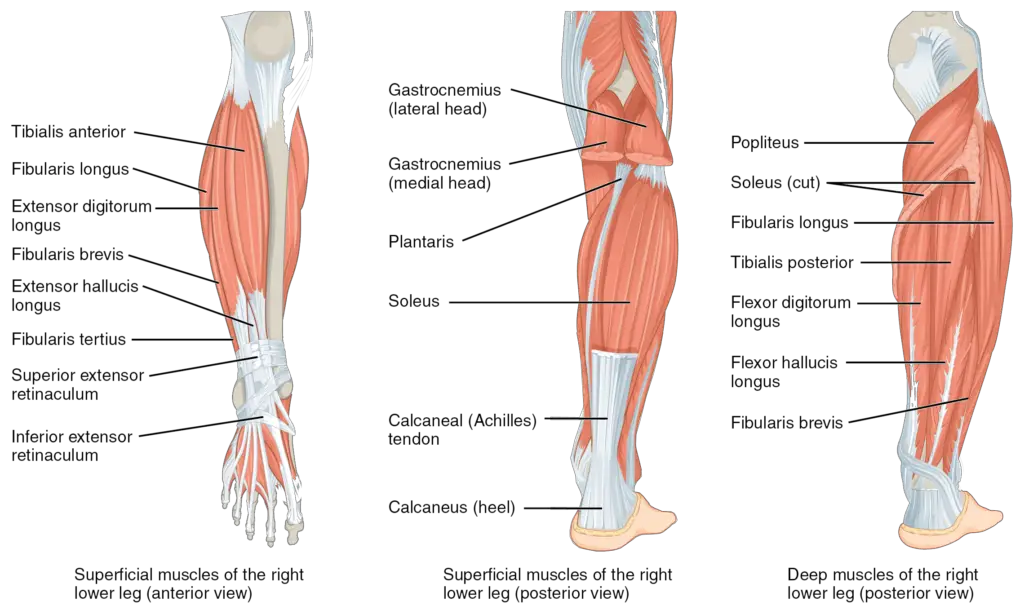Kickboxing is a combat sport that curates moves from multiple martial arts types, including full-contact karate, Muay Thai, and boxing. It’s also sometimes referred to as K-1 or Dutch-style kickboxing. Many gyms offer kickboxing classes, but not all gym owners know if it’s suitable for mixed martial arts (MMA).
Kickboxing is good for MMA because it provides a base for the fighter’s stand-up. They can train to land strikes anywhere on their opponent’s body and avoid being hit by dodging and maintaining distance. Aside from some clinches and sweeps, kickboxing lacks grappling techniques, and a successful MMA fighter will need to add wrestling and BJJ to their technique training.
Table of Contents
Is Kickboxing Used In MMA?
Whether kickboxing is used in MMA could be answered by looking at the definition of “MMA” – Mixed Martial Arts. You see, MMA is a combat sport that involves all aspects of fighting, including striking and grappling techniques from different martial arts styles such as boxing, wrestling, judo, and karate. Kickboxing fits into this category because it also includes punching and kicking techniques.
Leg kicks and calf kicks on the opponent’s lead leg to reduce stability and explosiveness for takedowns and power strikes. The most common attack on the opponent’s lead leg is a kick. This limits their stance’s stability and allows you to move in for an easy takedown or strike.
Thigh kicks are great to cripple wrestlers and reduce their explosiveness and mobility, but the downside of thigh kicks is that they get caught easily. All a wrestler needs to do is lower their stance just a little bit. Then it’s easy for them to reach out with one hand until they’re able to snatch up your leg in an instant – time enough where you’ll be on the ground before you know what hit you.
The calf kick does such a better job at crippling your opponent because you can attack right where the nerve lives without any risk of getting caught yourself.

Is Kickboxing Hard To Learn?
Yes, kickboxing can be difficult at first because there are so many different moves to remember. Still, for this sport to work well with people who have never tried anything like it before, instructors need an encouraging and supportive attitude about their students’ progress.
“Each school has its own culture, find the culture that works best for you.”
Duke Roufus, world renowned kickboxing coach
As with all skills, the key is time and dedication. We all have the same 24 hours in a day, and it’s up to us to make efficient use of our time.
We shouldn’t ignore the other factors involved in becoming a good kickboxer. These include things like:
- Your strength and conditioning,
- Body mass index,
- Reach,
- Coordination,
- Adequate protein intake,
- Available time to spar and practice drills,
- Quality of your coaches and sparring partners.
- Time lost due to injury.
And many more.
After you’ve been a part of the kickboxing community for years, it is easy to see why some people are hesitant about choosing an exercise routine. Kickboxing requires intense coordination and sparring skills that can be difficult to master. However, with ample time spent in class kicking things up at your local gym or boxing club and patience while perfecting those tricky moves – learning how to kickbox should not seem like such a daunting task.
Kickboxing is an excellent way to improve your physical and mental health. There are so many benefits that a person can get from practicing this activity, including improved muscle memory and self-confidence. The struggle might be real, but if you’re thinking about starting kickboxing, we have the answer for you: just start!
Is Learning Kickboxing Worth It?
Kickboxing is essential for the aspiring MMA fighter. As the concept of style vs. style gets replaced by athletes training in MMA for organizations like UFC, Bellator, and ONE FC, combat sports have become an arms race where if a fighter lacks any particular skill, they are quickly dominated in the cage or ring.
Some dominant MMA victories where kickboxing techniques were the key to victory:
- Antoni hardonk vs. Sherman Pendergarst (leg kicks)
- Jose Aldo vs. Urijah Faber (leg kicks)
- Israel Adesanya vs. Robert Whittaker (combinations of punches and leg kicks)
- Dustin Poirier vs. Conor Mcgregor 2 (calf kicks and leg kicks)
For MMA fans and people who generally want to get fit, kickboxing might be considered less known than other martial arts and combat sports. However, there are several reasons why you should consider this type of training in your workout routine.
Kickboxing offers a great way to improve fitness levels and burn fat simultaneously with high-intensity interval training (HIIT). The sport also helps you develop better balance, agility, and coordination while improving your self-defense skills. You can sign up for classes or even take individual lessons from an experienced instructor who will help you reach your goals faster.
Which Is Better, Muay Thai Or Kickboxing?
Both have Muay Thai and Dutch-style kickboxing are fighting styles with their own strength and weaknesses; as they are more similar than they are different, both fighting styles are excellent for MMA.
Muay Thai encourages forward movement and a slightly more open guard that can be exploited with counter punches. Muay Thai fights tend to vacillate between the plum clinch and kicking distance. Strikes are generally less frequent and more powerful; this is partly due to Muay Thai’s culture; there is a mutual understanding between fighters that kicks should get checked and returned in a 1-to-1 ratio.
Kicking and knee strikes are a Muay Thai fighter’s best friend. Fighters punch and use elbows less frequently or as part of multi-strike combinations because their open guard leaves them vulnerable to blows to the head. The lower point on your shin is what you want for delivering effective kicks that knock out opponents quickly!
Another aspect of Muay Thai is the continuous forward pace. Fighters are encouraged to close the distance and get to the clinch, where they can dominate their opponents with elbows, knees, and sweeps. Like its open guard, the continuous forward pressure can make the fighter vulnerable to counter strikes and sweeps.
Dutch-style kickboxing places more emphasis on combinations and changing levels (jab, cross, leg kick). While Muay Thai has all 8 weapons (punches, knees, elbows, and kicks), kickboxers are encouraged to fight within boxing range where possible and avoid clinching that lasts longer than a few seconds.
Leg kicks tend to go unchecked as fighters try to discourage their opponents with an immediate counter punch depending on their opponent’s fighting stance. As kickboxers are discouraged from clinching and using elbows, punching offense and defense becomes very similar to Western boxing techniques where head movement, closed guards and ‘defensive hugging’ are more prominent.
Conclusion
Kickboxing is excellent for MMA training. It encourages good western boxing techniques such as head movement, closed guards, and combinations. It has the added benefit of including kicking techniques compared to Western boxing and maintains the same philosophy of ‘to hit and not get hit.’
Kickboxers are encouraged to throw combinations and change levels, such as aiming for the legs, body, and head. It also lacks the culture of closing the distance to the opponent and avoids this vulnerability within the style itself.
Kickboxing specializes in stand-up striking techniques; as such, it lacks any form of clinching, grappling, and wrestling. Complete mixed martial artists should incorporate BJJ and wrestling to be defensive, maintain their stand-up, remain unpredictable, and set up more effective attacks.

